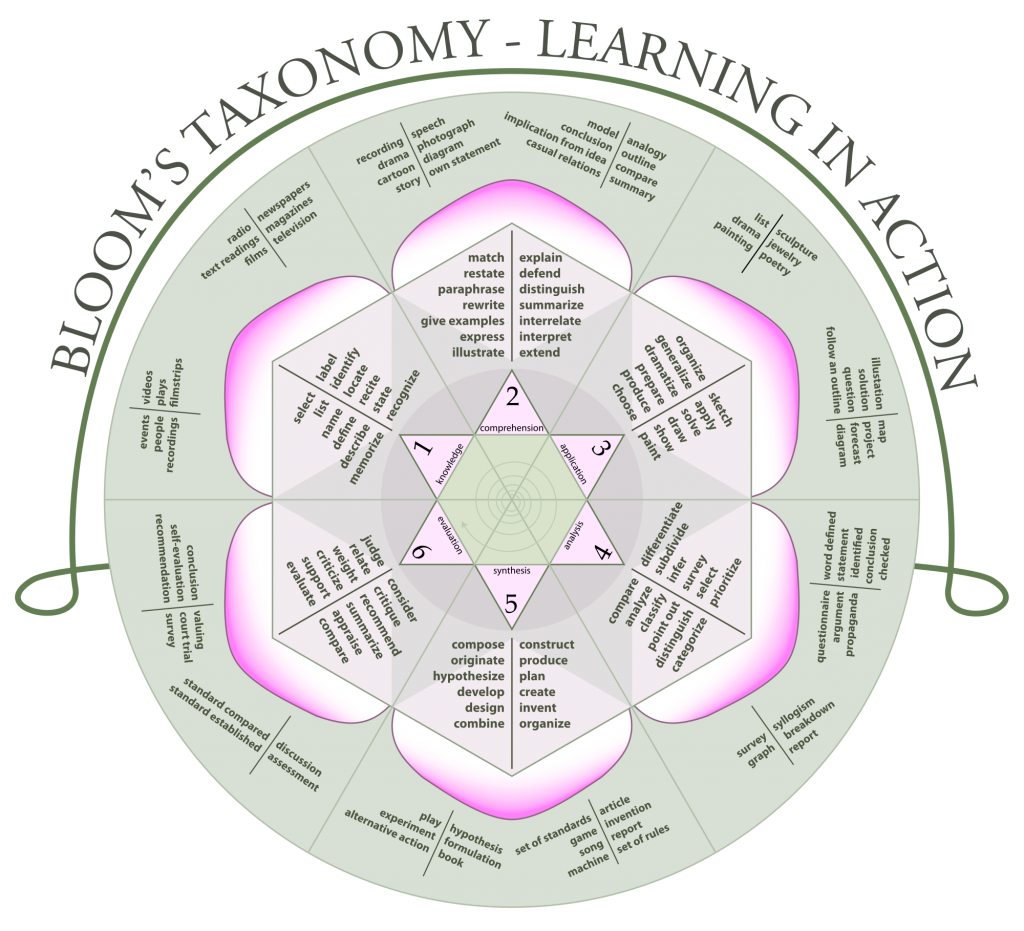- Decide what material you would like to cover that is related to your unit. This is purposely left open to your discretion so that you can choose material that will be of the most interest to you and your classmates. If you don’t know where to start, reference the section for your unit in the bibliography that we created as a class.
- Decide on the readings/videos/etc. that you would like to assign. You should have some type of reading to be completed before each class. The amount of the assigned reading is up to you, but make sure it is not so much that the other students will be unable to complete it.
- Share the readings you select with me for review. This should occur at least one-and-one-half to two weeks before your assigned unit. I will also help make arrangement with the library if we need to reserve material, such as a book.
- Announce the readings to the class, and post them on the blog.
- Plan the activities you would like the class to participate in. For example, maybe we will watch a video or movie, or take a field trip, or have a guest speaker or Visiting Twitter Scholar. We can also have discussions and other active learning activities. Examples of such activities can be found here: http://www.calstatela.edu/dept/chem/chem2/Active/main.htm. You should be guided by the main objectives that you hope the class will take away from your unit.
- Develop an topic or activity that would you like the class to blog about, and determine when you would like them to complete the blog. The most obvious choice is between the two classes you will be leading, but this is flexible. You might have them blog using text, or they could create a video, or make a visualization, or a Prezi… Please feel free to be creative with your blog assignments. The goal is to find something that is both enjoyable and educational.
- Run the outline of your lesson plan by me at least two days before you are scheduled to present. If you’d like feedback or help brainstorming ideas, I am happy to do this, but the sooner you discuss your ideas with me, the more help I can be. If you would like some guidance on developing your lesson, the Preparing Future Leaders program at NCSU offers a template. This is not required, but may be helpful in your planning. This template also references Bloom’s Taxonomy.
- Present to the class.
- Read the blog posts, comment on each post, and determine if each blog post is Satisfactory or Unsatisfactory.
- If the the work is unsatisfactory, contact that student and let them know what they can do to achieve a satisfactory level work.
- After everyone has had this opportunity, send me an email letting me know whether each student has had a satisfactory or unsatisfactory posting.
- Afterwards, create a write-up of your lesson plan and post it as a Page (as opposed to the normal posts you create for homework) on the blog. You can see my example on Big Data and Human Culture. Additionally, you should document on this page who in your group was responsible for what part of the creation of the lesson and session.
